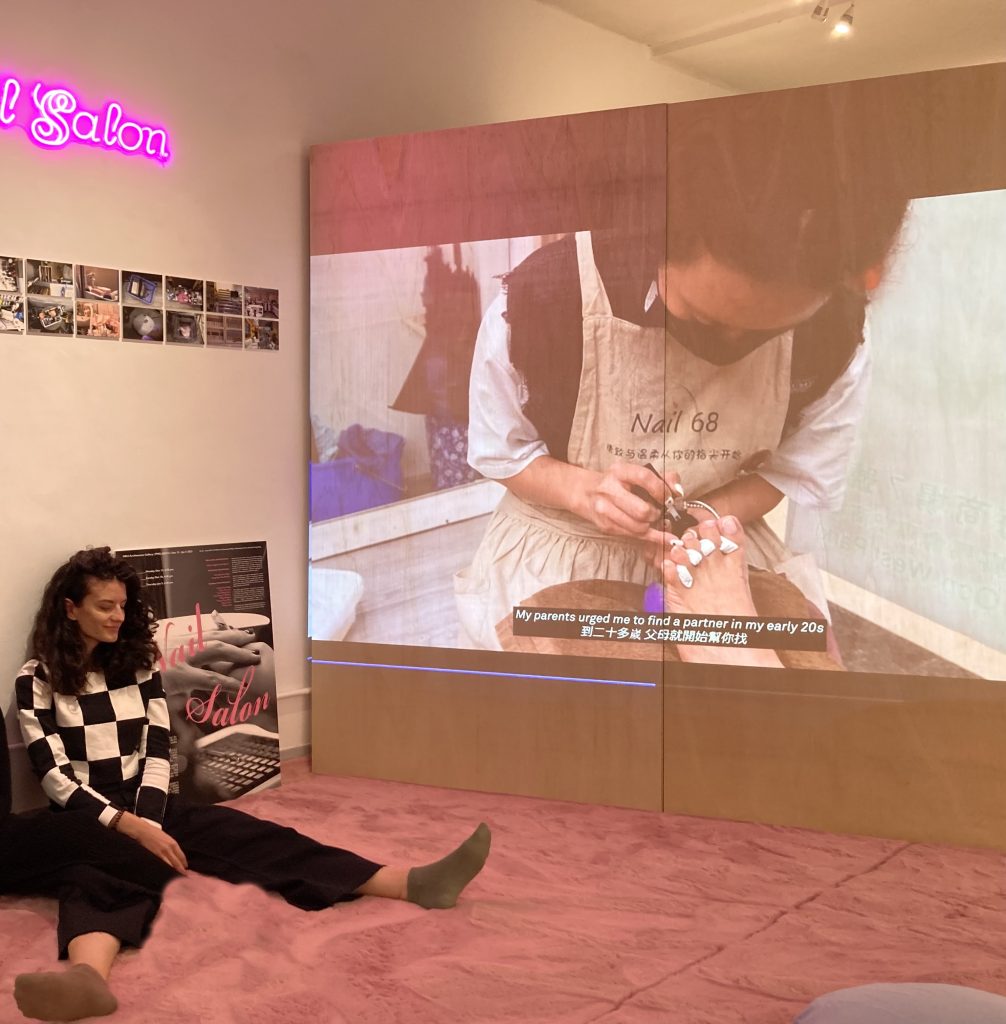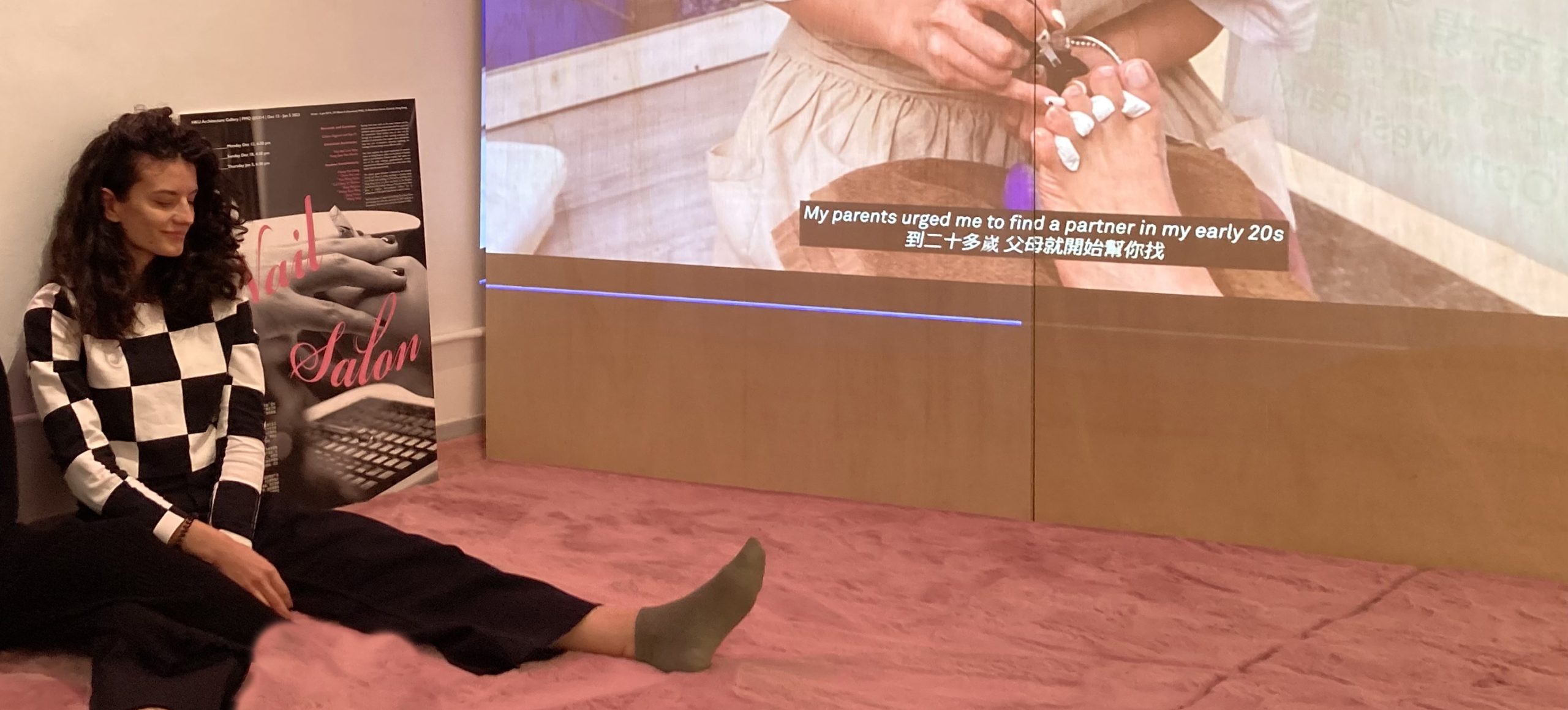We are continuing our series of Alumni Interviews with Chiara Oggioni, answering our questions about her experience after graduating at MICSEA.
What have you been working on since you’ve graduated from the program?
After graduation, I moved to India (Bhubaneshwar, Odisha) for an internship at the Urban Development Resource Centre (UDRC), which serves as a platform for decentralized, bottom-up, women-led organizational processes aimed at the sustainable development of local communities. At UDRC I conducted research, fieldwork, mapping, and data analysis on various informal settlements. The research focused on housing and the relationship between gender, shelter, water, sanitation, and hygiene.
Following my interest in design related to social, cultural, and environmental challenges, I joined Rural Urban Framework (RUF) within the Department of Architecture at the University of Hong Kong (HKU) as Research Assistant (2018-2022). At RUF, I worked on rural-urban transformation and vernacular adaptations in China and Mongolia, leading research and design-build work.
Since 2020, I have been teaching architectural design studios in the undergraduate program at HKU while conducting research on gender, migration, and space. In 2021 I co-founded Wo-Men Work with my partner Sun Yi, aiming to establish a critical spatial practice by working on projects from an intersectional angle and across different scales.
I am currently an ambassador member of Architecture in Development (A—D), which aims at connecting architectural expertise with worldwide community projects.
Is the work field in any way different from what you expected when you first graduated from the masters?
Given the multidisciplinary framework and the variety of tools provided by the program, from socio-spatial strategies to environmental justice, from the scale of the settlement to one of the emergency shelters, the main expectation I had was to find a challenging job far from the typical architecture office.
When still enrolled in the program, I experienced very complex working environments and overlapping tasks during both my thesis development and my internship. At UDRC I had the chance to collaborate with interdisciplinary teams, from sociologists to anthropologists, urbanists to policymakers. My thesis fieldwork occurred during the post-emergency phase of the 2016-17 earthquakes in Central Italy. I had to assess the temporary housing strategy by working alongside the National Civil Protection directly on the ground.
These experiences fostered the expectation of a career that could combine both research and fieldwork alongside design, which is where I am now.
What advice would you give to our current students in the masters program about their next steps?
Be proactive! And open to new ideas and experiences. It’s okay if you don’t know (yet) which path you want to take. And don’t be scared of taking the wrong one. Everything will enrich you in one way or the other. When I was in Europe, I had no idea I would end up in Ecuador, India, or China. And I don’t know where I will be next. Just follow your passion, and you will be in a good place. Personally, when I go to exhibitions, talks, or presentations, I have the habit of writing down the cool ideas I hear and see alongside their owners’ names. I found my first job by emailing someone about their exhibition (!). On a more practical note, I recommend applying to multiple positions and reaching out to as many people as possible that crossed your path during your studies. Share what you want, and share what you do.
Once you graduated from the MICSEA what made you decide on the field of work you are in?
My background is primarily in architectural design. I previously conducted research aimed at finding universal aspects in the Alejandro Aravena Elemental program during my Bachelor’s thesis, and I led a research-based design aimed at the sustainable development of an indigenous community in Ecuador for my Master’s thesis. The one thing I didn’t know yet was the whole spectrum of possibilities beyond commercial practice for an architecture graduate. The program facilitated a comprehensive evaluation of my future career possibilities thanks to exposure to practitioners and academics, hands-on work, and research. The methodology learned in writing my final thesis and its peer-reviewed publication initiated an interest in Academia. Right after graduation, I had two choices: an internship at the UN-Habitat Asia-Pacific Office or working as a researcher and designer in an academic environment. I was not ready to give up the most creative side of architecture, and I chose the most flexible path, which allowed for the design application of acquired theoretical knowledge as well as teaching.


